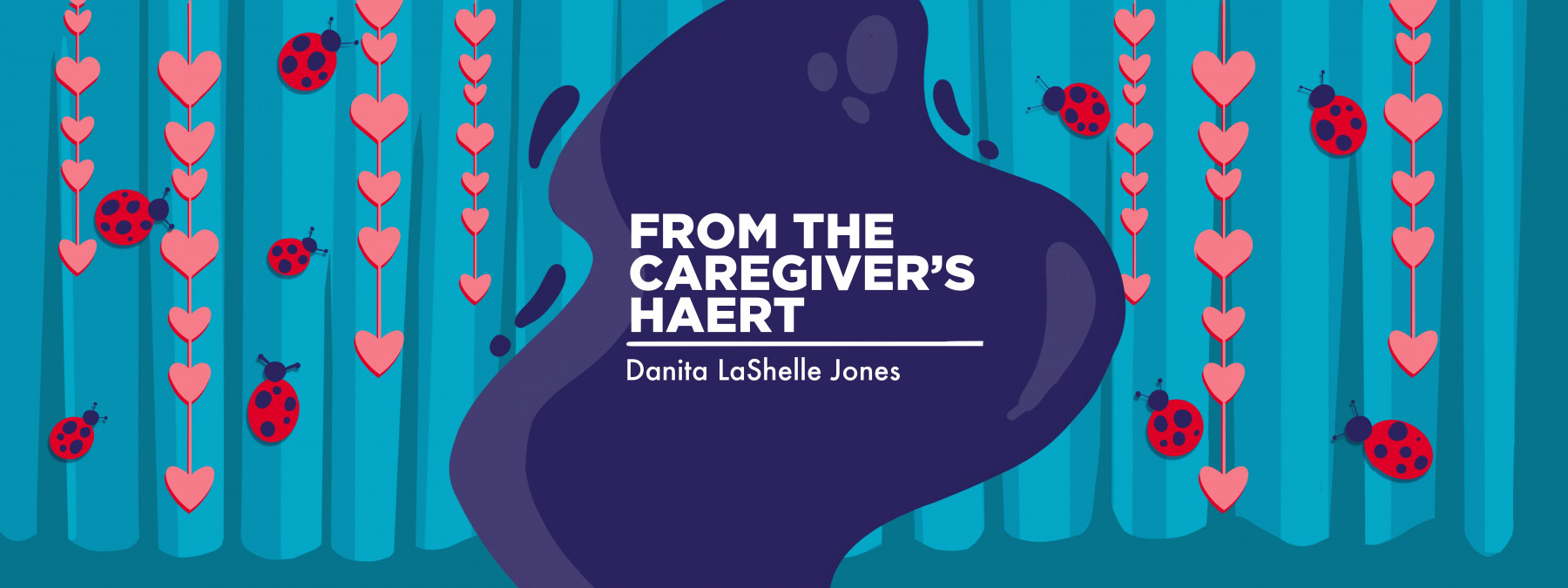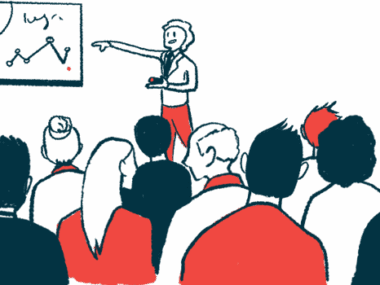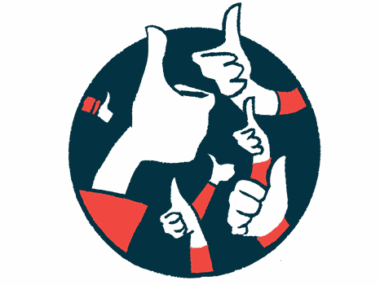‘Back in the Car, but Out of the Tree’: Addressing Medical Fears With Compassion
How to respond when young patients fear treatment more than flares
Written by |

The Tyrannosaurus rex had already done a number on the all-terrain truck. And while the movie’s hero, Dr. Grant, had saved one child from the wreckage, Tim, a frightened young boy, was still stuck in the overturned vehicle. Suddenly, the T. rex pushes the SUV over an enclosure, and after some tense action, the truck falls into the branches of a tall tree.
Now, because of the vehicle’s weight on the branches, and with Tim in even more danger, Dr. Grant climbs the tree to retrieve the trapped 11-year-old. At first, the young boy doesn’t want to move, but when a branch cracks, the two race down the massive tree to safety. However, just as they reach the ground, the truck falls forward on its broken sunroof, trapping the pair back inside the vehicle.
“Well,” Tim pants, “We’re back in the car again.”
“At least you’re out of the tree,” Dr. Grant retorts.
It’s one of my favorite scenes from the movie “Jurassic Park.” Even though the action keeps me on the edge of my seat, I always chuckle at the reasoning behind Tim’s youthful declaration. While trapped, it didn’t matter that he had missed being inches from the mouth of the T. rex or repelling down a wall. To him, they were right back where he started. But he failed to realize that even though they were back in the car, the worst part was over.
As a caregiver and mom of a 12-year-old with hereditary angioedema (HAE), I’m familiar with “car logic.”
It took some time, but after our daughter’s HAE diagnosis, I felt like I was getting the hang of things. Emergency home infusions, preventive meds, and doing our best to avoid known triggers had become a familiar rhythm in our house.
But the one thing I felt like I could never get our daughter, who we lovingly nicknamed Ladybug, to understand was the necessity to tell me if she felt symptoms coming. I read that there are signs that may let HAE patients know that a flare is imminent, and usually, she would let me know after the fact, but never before.
“It’s easier to put out a campfire than a forest fire,” Ladybug’s doctor explained. He, like me, wanted her to understand that it’s so much easier to treat the minor stages of her flares than full facial, hand, or lip swells. But, unfortunately, we couldn’t convince her to give us a heads up before things worsened.
One day, when my motherly instincts made me aware that Ladybug was at the beginning of a flare, I insisted she let me give her the treatment Berinert. She immediately rejected the idea. We argued back and forth for a few minutes about how necessary the injection was.
“We do this all the time,” I said, slightly exasperated. “Why don’t you want any medicine?”
“I don’t want an infusion because the needles hurt,” she said.
I paused. Ladybug’s relationship with needles is quite legendary in our house. So I couldn’t blame her for how she felt. To her, immediate fear and pain weren’t worth the trouble.
“I know the needles hurt,” I tried to say calmly, “but if I do it here now, you don’t have to worry about more needles later.”
About an hour and some tears later, I embraced her as she cried about being stuck. “It hurts,” she said into my chest.
“I know,” I replied. “But the hardest part is over.”
Chronic illnesses can be frightening for kids, especially if the solutions involve some of their greatest fears. But needles, nasty medicine, or therapy are necessary to keep them out of medical danger.
So let’s encourage them. Sometimes the treatments are scary, “but at least you’re out of the tree.”
Note: Angioedema News is strictly a news and information website about the disease. It does not provide medical advice, diagnosis, or treatment. This content is not intended to be a substitute for professional medical advice, diagnosis, or treatment. Always seek the advice of your physician or other qualified health provider with any questions you may have regarding a medical condition. Never disregard professional medical advice or delay in seeking it because of something you have read on this website. The opinions expressed in this column are not those of Angioedema News or its parent company, Bionews, and are intended to spark discussion about issues pertaining to angioedema.







Leave a comment
Fill in the required fields to post. Your email address will not be published.